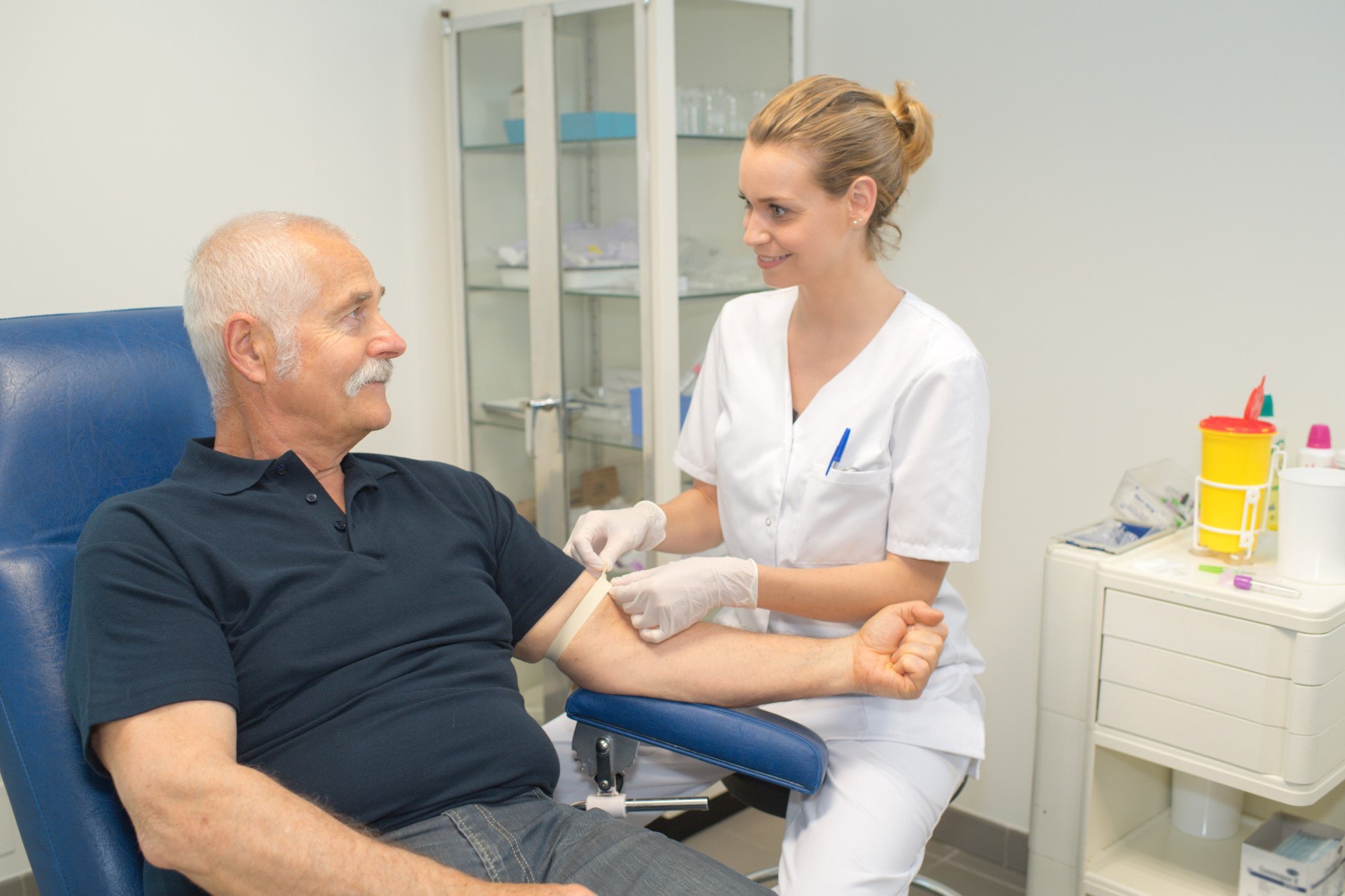Not known Incorrect Statements About Northeast Medical Institute - New Haven Campus Phlebotomy Course & Cna Class
Not known Incorrect Statements About Northeast Medical Institute - New Haven Campus Phlebotomy Course & Cna Class
Blog Article
Some Of Northeast Medical Institute - New Haven Campus Phlebotomy Course & Cna Class
Table of ContentsIndicators on Northeast Medical Institute - New Haven Campus Phlebotomy Course & Cna Class You Need To Know5 Simple Techniques For Northeast Medical Institute - New Haven Campus Phlebotomy Course & Cna ClassSome Known Details About Northeast Medical Institute - New Haven Campus Phlebotomy Course & Cna Class How Northeast Medical Institute - New Haven Campus Phlebotomy Course & Cna Class can Save You Time, Stress, and Money.The Greatest Guide To Northeast Medical Institute - New Haven Campus Phlebotomy Course & Cna ClassNortheast Medical Institute - New Haven Campus Phlebotomy Course & Cna Class Things To Know Before You Get This
The usage of such tools must be gone along with by other infection avoidance and control techniques, and training in their use.For setups with low sources, cost is a motoring factor in purchase of safety-engineered tools. Where safety-engineered devices are not readily available, proficient use of a needle and syringe is acceptable.
Among the vital pens of quality of care in phlebotomy is the participation and collaboration of the patient; this is equally valuable to both the health worker and the person. Clear information either written or verbal must be readily available per patient who goes through phlebotomy. Annex F supplies example message for explaining the blood-sampling treatment to a client. In the blood-sampling room for an outpatient department or clinic, provide a comfortable reclining couch with an arm rest.
All About Northeast Medical Institute - New Haven Campus Phlebotomy Course & Cna Class
Make certain that the indicators for blood tasting are clearly defined, either in a created protocol or in recorded directions (e.g. in a research laboratory type). At all times, comply with the strategies for infection prevention and control detailed in Table 2.2. Infection prevention and control techniques. Collect all the tools needed for the treatment and place it within risk-free and simple reach on a tray or cart, making certain that all the products are plainly visible.
Where the client is grown-up and aware, follow the steps laid out below. Introduce yourself to the client, and ask the person to state their full name. Inspect that the research laboratory kind matches the patient's identity (i.e. match the client's information with the research laboratory kind, to ensure accurate identification). Ask whether the patent has allergies, fears or has actually ever before collapsed throughout previous injections or blood draws.
Make the patient comfortable in a supine setting (if feasible). The patient has a right to decline an examination at any kind of time before the blood sampling, so it is vital to make certain that the client has understood the procedure - PCT Classes.
The 9-Minute Rule for Northeast Medical Institute - New Haven Campus Phlebotomy Course & Cna Class
Extend the patient's arm and check the antecubital fossa or forearm. Situate a capillary of an excellent size that shows up, straight and clear. The diagram in Area 2.3, shows typical settings of the vessels, yet several variants are possible. The average cubital vein lies in between muscular tissues and is typically one of the most very easy to penetrate.
DO NOT put the needle where veins are drawing away, due to the fact that this increases the possibility of a haematoma. The vein must show up without applying the tourniquet. Finding the capillary will certainly aid in figuring out the right dimension of needle. Use the tourniquet regarding 45 finger widths above the venepuncture site and re-examine the vein.
Haemolysis, contamination and presence of intravenous fluid and medicine can all modify the outcomes (39. Nursing team and physicians may access central venous lines for specimens complying with procedures. Samplings from main lines bring a danger of contamination or erroneous laboratory examination outcomes. It is appropriate, yet not perfect, to draw blood samplings when very first introducing an in-dwelling venous tool, before attaching the anchor cannula to the intravenous fluids.
Excitement About Northeast Medical Institute - New Haven Campus Phlebotomy Course & Cna Class
Failing to permit enough contact time enhances the danger of contamination. DO NOT touch the cleansed website; in certain, DO NOT position a finger over the blood vessel to guide the shaft of the exposed needle.
Ask the patient to form a clenched fist so the capillaries are much more famous. Get in the capillary quickly at a 30 degree angle or less, and continue to introduce the needle along the blood vessel at the most convenient angle of access - CNA Courses. Once adequate blood has actually been gathered, release the tourniquet prior to taking out the needle
The smart Trick of Northeast Medical Institute - New Haven Campus Phlebotomy Course & Cna Class That Nobody is Talking About
Take out the needle gently and use gentle stress to the site with a tidy gauze or completely dry cotton-wool round. Ask the client to hold the gauze or cotton wool in area, with the arm prolonged and elevated. Ask the client NOT to flex the arm, because doing so creates a haematoma.
Some Known Incorrect Statements About Northeast Medical Institute - New Haven Campus Phlebotomy Course & Cna Class
Do not press the syringe bettor due to the fact that additional pressure boosts the risk of haemolysis. Where possible, maintain televisions in a rack and relocate the shelf towards you. Inject downwards into the suitable coloured stopper. DO NOT remove the stopper since it will launch the vacuum cleaner. If the sample tube does not have a rubber stopper, inject very gradually right into television as reducing the pressure and speed made use of to transfer the specimen minimizes the threat of haemolysis.

Report this page